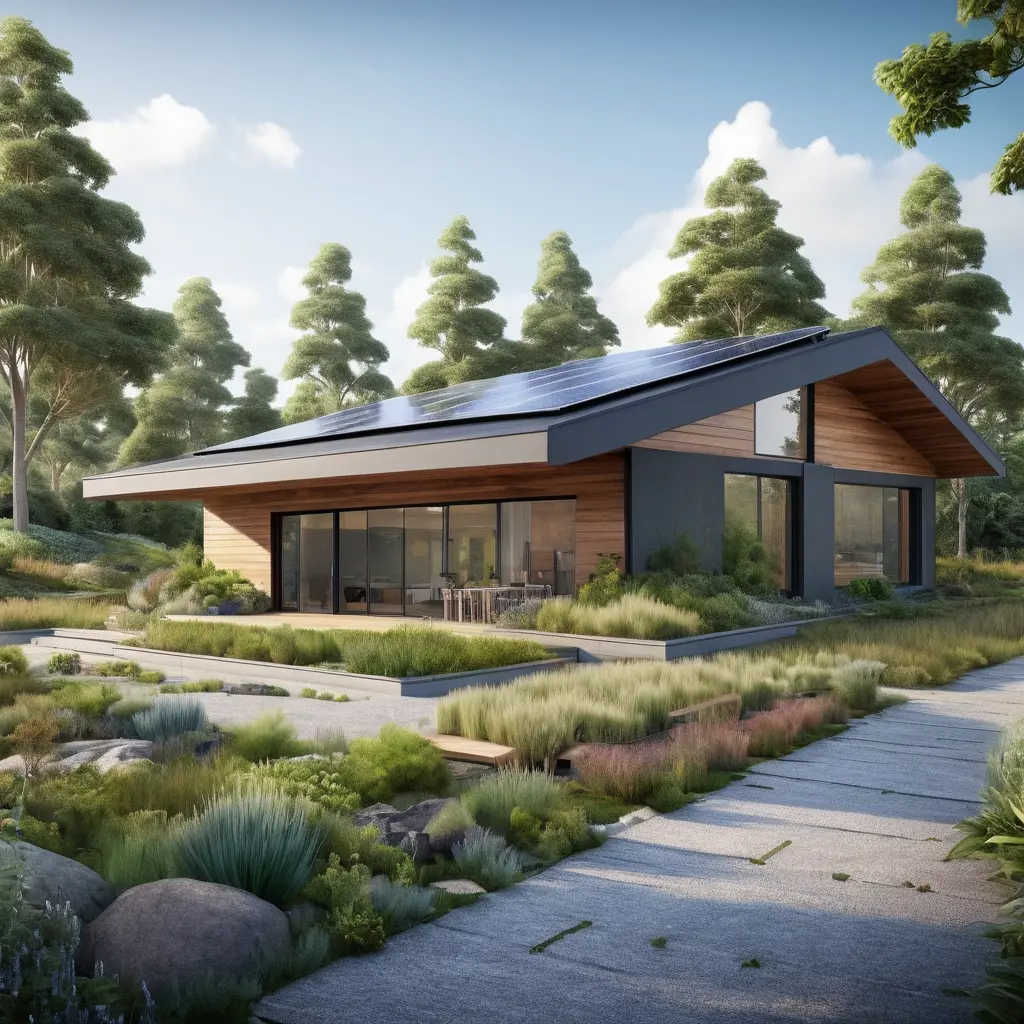Sustainability in the building industry is ever-growing, with multiple new and innovative eco-friendly housing projects developed today. If you have a general interest in improving the environmental sustainability of your home, architecture or engineering, or experience in these disciplines, these green house ideas will provide inspiration to create a more sustainable and healthful living environment.
Using these methods will not only help your projects to be of better quality but also deepen your knowledge of green housing ideas.
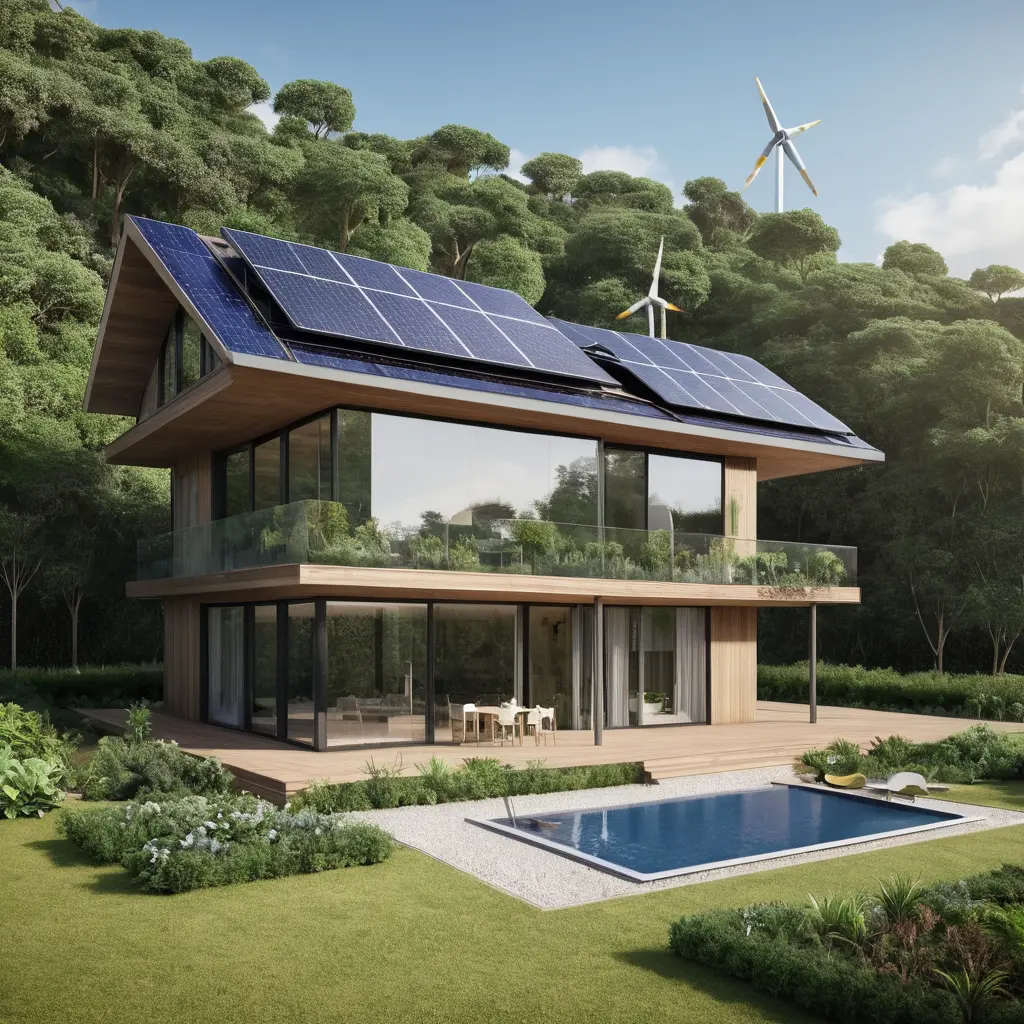
1. Renewable Energy Production
Integrating solar panels and wind turbines into residential structures is very common and effective especially for large scale projects in sunny countries. It is a great approach to diminishing their carbon footprints. Not only does it meet the established criteria for on-site renewable energy production but also contributes to the advancement of a more environmentally responsible future.
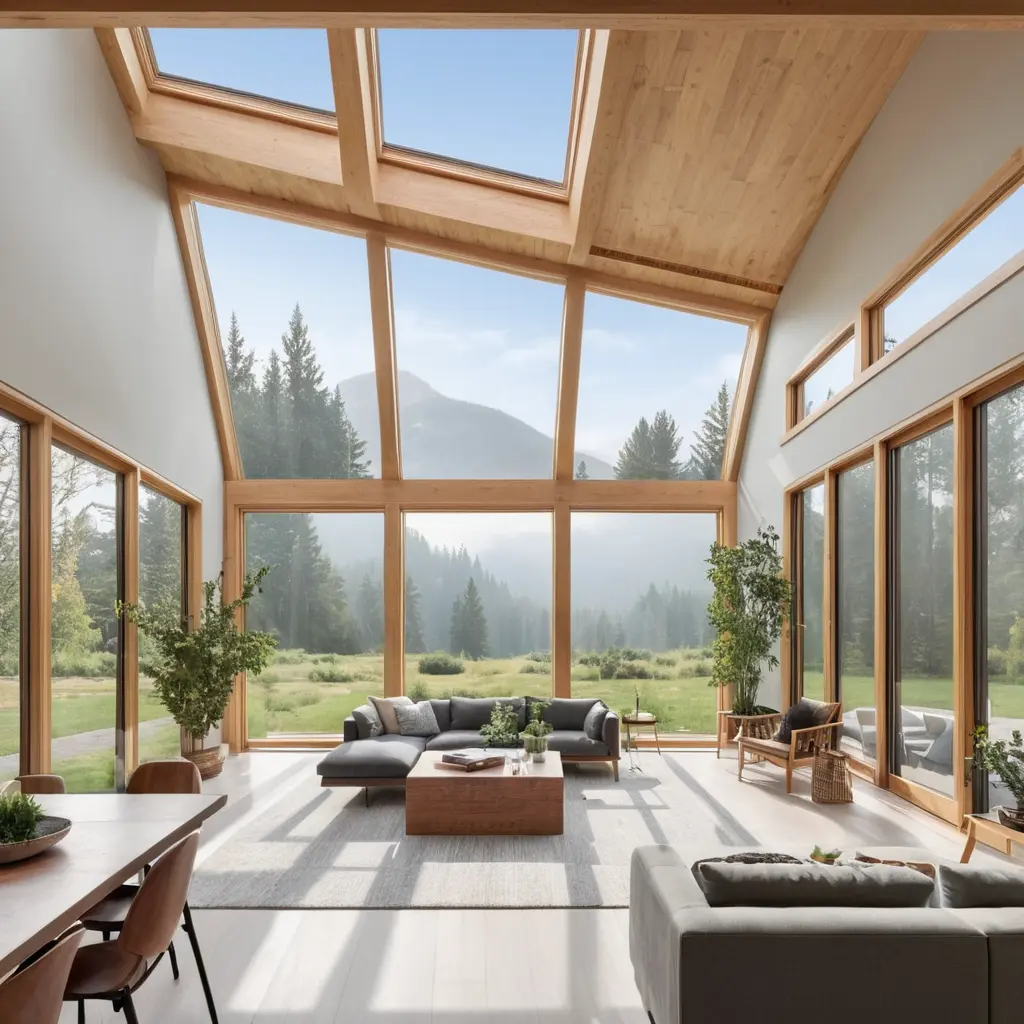
2. Passive Design Strategies
Passive design is fundamental to green housing projects. Since it is not really a modern approach since passive design has been used in vernacular architecture.
Reaching ideal ventilation and natural light might help to greatly lower the need for HVAC systems and artificial lighting. Those aiming for WELL certification must use this method as it directly affects the indoor air quality, making it a must in most sustainable housing projects.
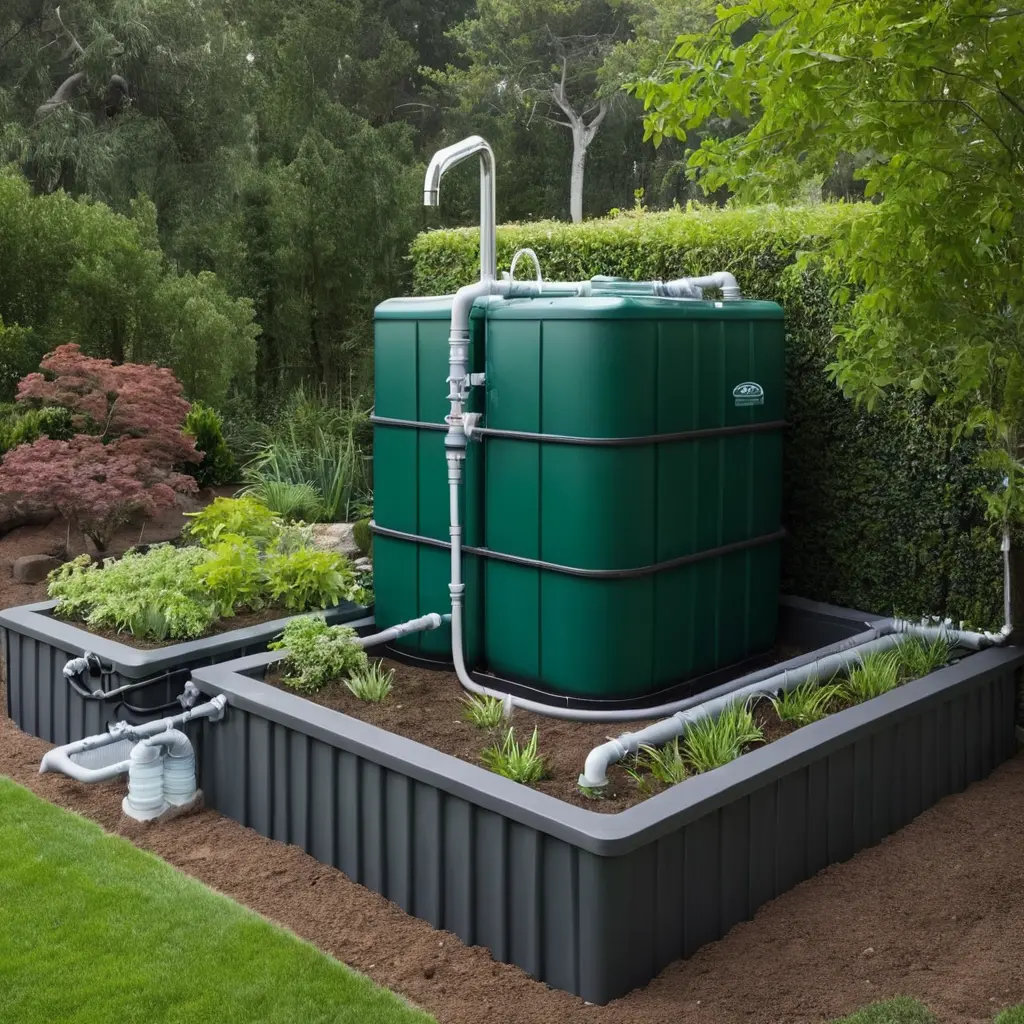
3. Water Conservation
The implementation of water-conservation strategies is necessary to decrease water consumption. Two of these initiatives are low-flow shower systems and rainwater collection systems. These methods are indispensable for obtaining building certifications like LEED, making it a fundamental element in green housing designs.

4. Sustainable Building Materials
Select ecologically sustainable materials such as reclaimed wood, recyclable metal, and low-VOC paints. In addition to promoting health and sustainability, these materials help reduce environmental effect, being one of the major features of eco-friendly housing ideas.

5. Smart Home Technology for Energy Efficiency
The integration of smart home technologies has significant opportunities for enhancing the energy efficiency of green residential design. Intelligent thermostats, energy-efficient lighting, and automated systems are among the few examples that may meet the requirements for both LEED and WELL certifications especially when looking into a program such as the demand response program which aims to reduce one’s utility bill according to peak time energy usage.
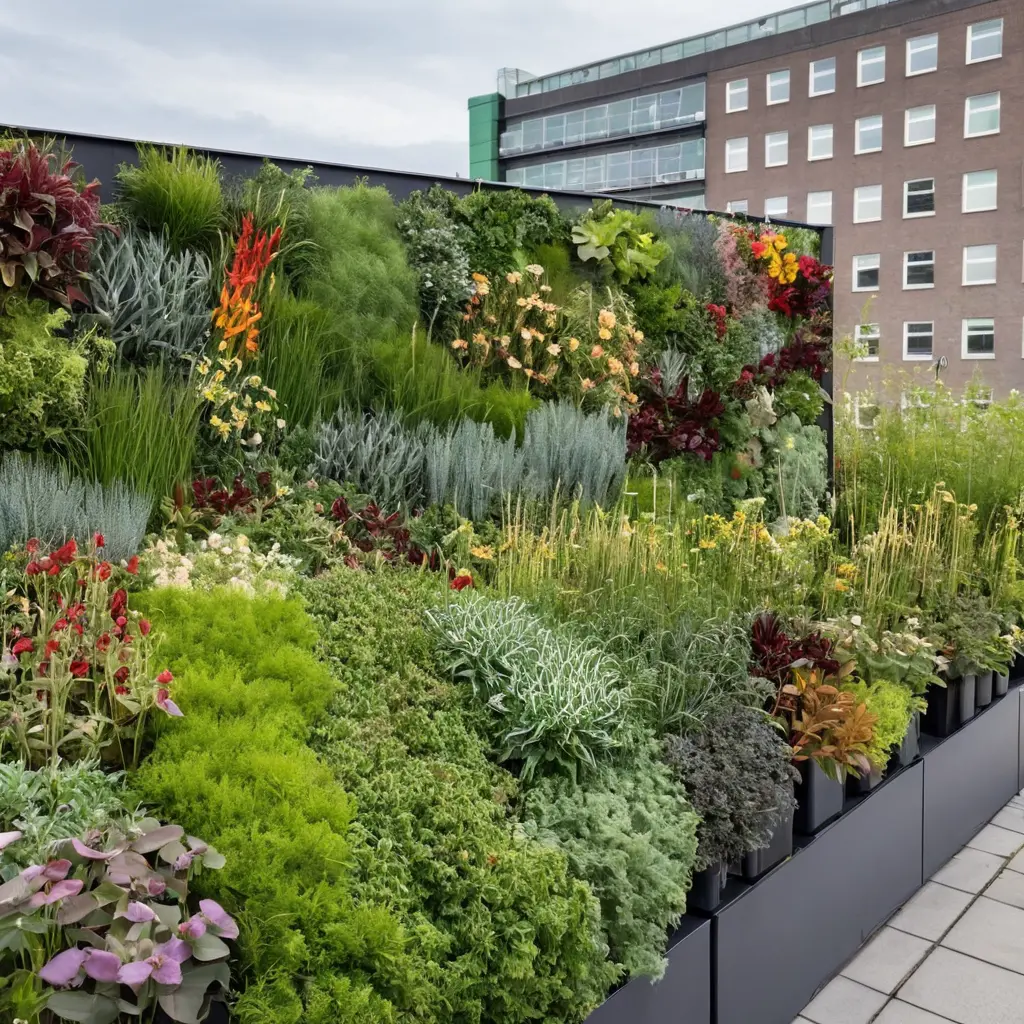
6. Biophilia, Green Roofs and Walls as Green Housing Ideas
Green roofs and living walls are not only aesthetically pleasing but also contribute to energy savings, improved air quality, and stormwater management. These features are highly appreciated in sustainable housing projects.
Green roofs increase the lifespan of roofs, reduce in urban heat islands and can even act as a breathing outdoor area for occupants. Sometimes green roofs are tailored to be food producing gardens. Whereas green walls increase the indoor air quality, occupant wellness and performance since biophilia have proven to increase occupant productivity and overall health.
7. Optimized Indoor Air Quality
Green housing designs must prioritize the attainment of optimal indoor air quality. To optimize the indoor environment for holistic well-being, it is crucial to incorporate air-purifying plants, enough ventilation, and materials with minimal emissions.
Making sure there are no harmful volatile organic compounds, no urea formaldehyde to poison the quality of the air we breath inside the space. Monitor Co2 and outdoor air quality if one is using natural ventilation.
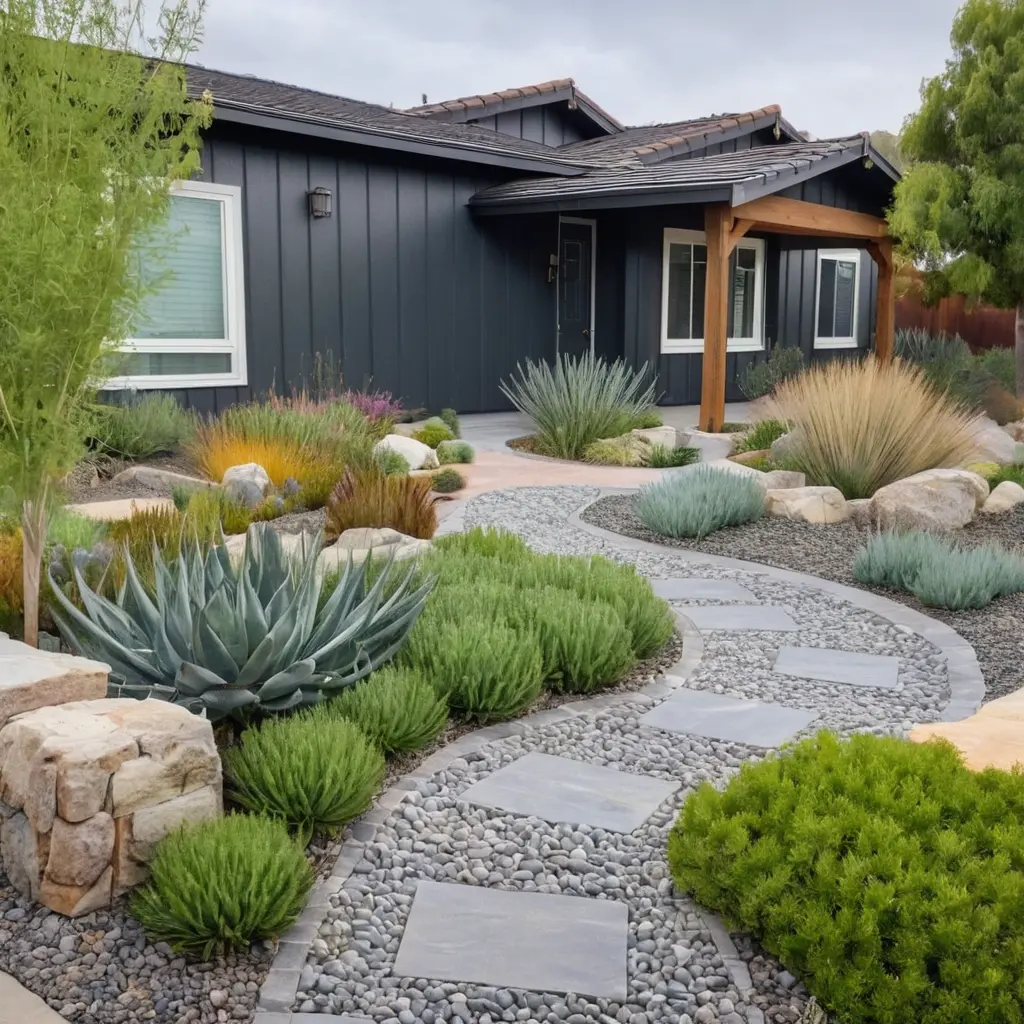
8. Xeriscaping
Water is crucial especially since only 1% of the world’s water is potable. When designing and executing your landscape, it is good to follow xeriscaping techniques. Which basically follow three points. To include plant species that are either native or adaptive plants, since they are used to the environment, used to the pests, to the amount of sunlight, no need for maintenance or watering from our side.
The second key point in xeriscaping is to install irrigation systems that are efficient like drip irrigation rather than sprinklers. Since you would need way more water to satisfy your plants using sprinklers when compared to the droplets of water to the roots from drip irrigation or micro misters. Lastly mulch, which protects the top soil, does not need irrigation and replaces the need for turf grass.
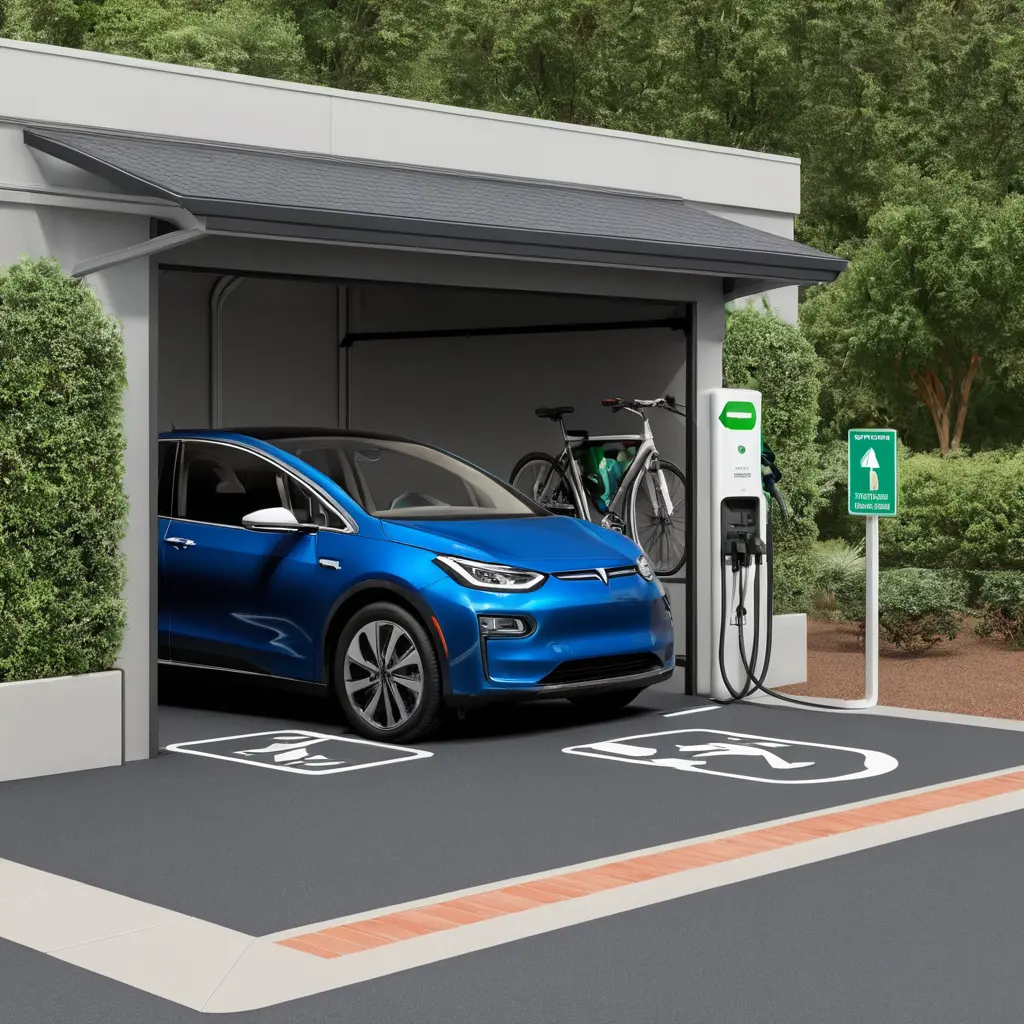
9. Promoting Sustainable Transportation
Green residential design and commercial building layouts may integrate bike platforms, charging stations for electric vehicles, and financial incentives for carpooling in order to encourage the use of sustainable transportation. This has the dual advantage of minimizing exhaust emissions and earning points in green building certifications.
For example a user may get a discount on their parking just for having an electric vehicle, or even a VIP/ preferred parking close to the entrance for car sharing programs and similar.
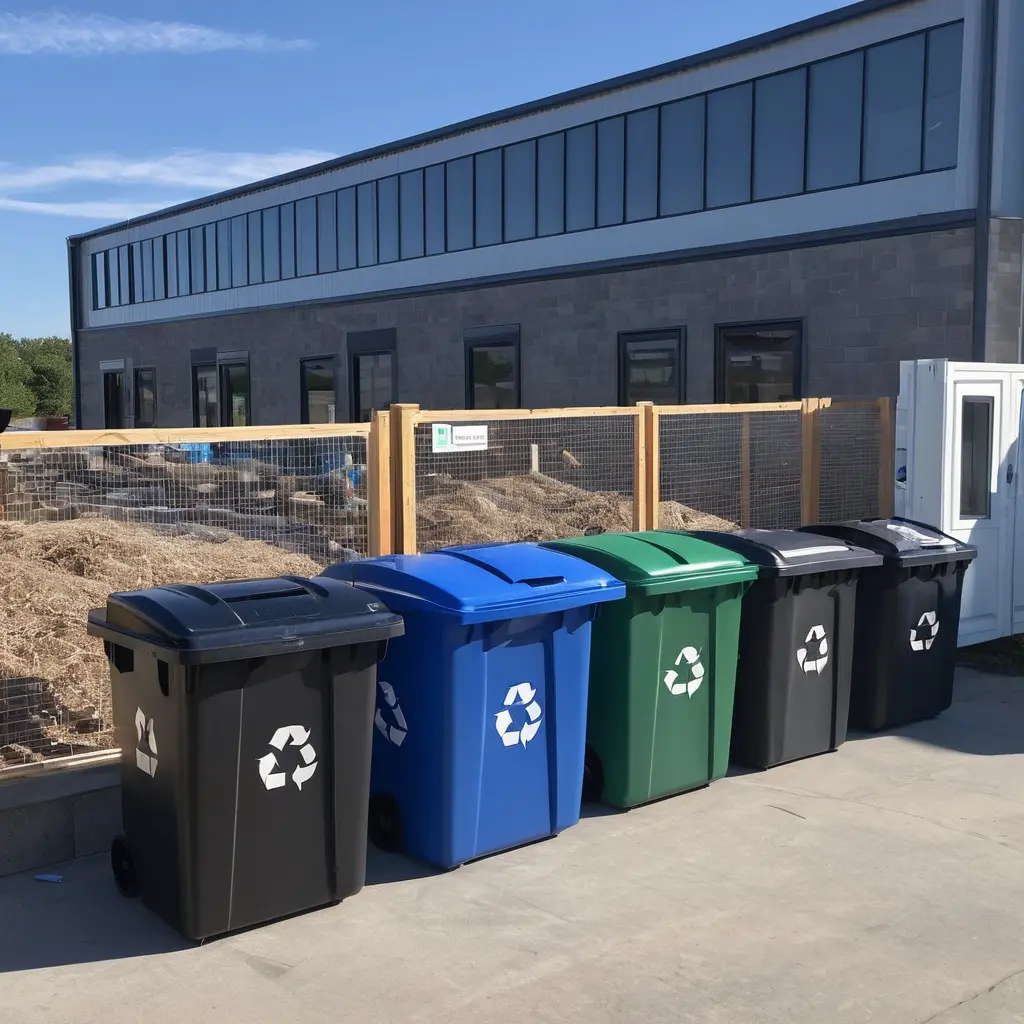
10. Waste Reduction
Ultimately, prioritizing the utilization of modular construction, recycling building materials, and digesting organic waste is crucial for reducing waste created during construction and operations. There are many techniques for less waste both to develop the project and to manage it.
Prefabricated housing is one way to reduce waste. Which has much benefits for example the project is executed in a few months or weeks but most importantly the waste to construct the house would be used in the factory and reduced on site. Enrolling in recycling programs for the project or even having a compositing bin for the organic waste can reduce the amount of waste that heads to the landfill drastically.
As a conclusion, you will be able to make great headway in the building of environmentally friendly and healthy homes if you incorporate these green housing principles into your activities.

